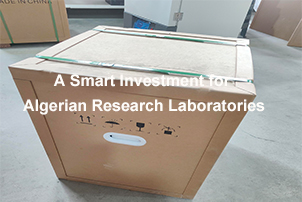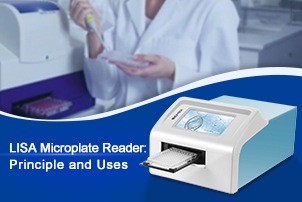If your balance is malfunctioning, it can be very frustrating. It is even more frustrating when a newly purchased laboratory balance does not work properly right out of the box. However, don’t rush to take drastic measures, as this may cause further damage. Referring to the manual and troubleshooting are usually the first steps to solving the problem. If you don’t have the manual handy, the following troubleshooting tips may help you solve the problem quickly.
How to Troubleshoot Balance Malfunctions
Laboratory balances are highly precise instruments, and any overloading, dropping, or improper handling during transportation can cause severe damage, especially to sensitive components such as flexible parts. Accumulation of foreign substances like dust, dirt, or chemical spills can also impair their normal functionality. Regular maintenance and adherence to proper operating procedures are crucial for preventing mechanical failures.
Electronic issues with balances are less common but can still affect laboratory balances. Before considering electronic repairs, it is recommended to first rule out mechanical faults that may exhibit similar symptoms. Electronic faults are typically resolved by replacing the circuit board, but cable issues are a notable exception.
To prevent damage during transportation, balances are typically equipped with a protective block beneath the weighing sensor. Despite preventive measures taken during transportation, balance readings may occasionally be affected during transit, necessitating recalibration upon receipt.
Calibration errors are typically caused by factors such as transportation, temperature fluctuations, and altitude changes. Precision can be restored using internal or external calibration methods.
A frozen display can usually be resolved by restarting the device or reconnecting the power supply. If the balance fails to start, it may indicate an issue with the PC board or internal electronics, requiring professional assessment.





Get Social